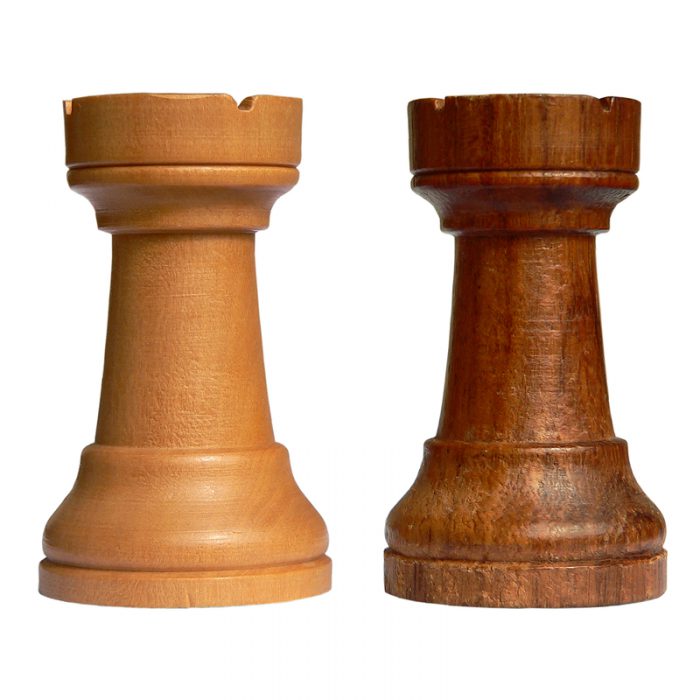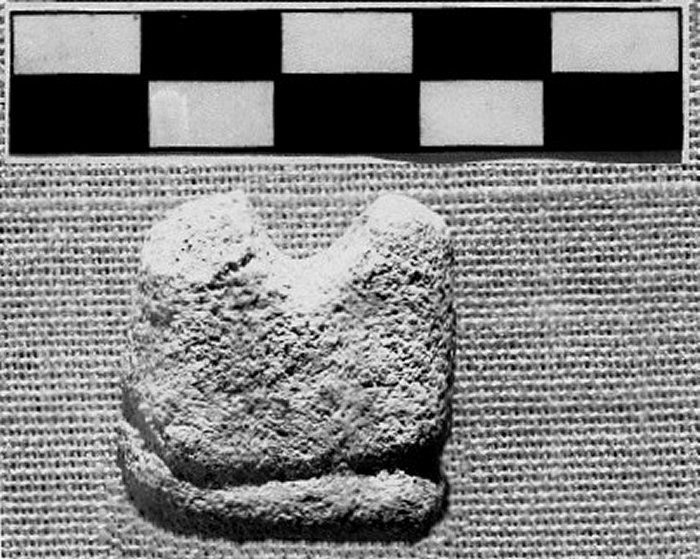Chess is one of the world's oldest — and most popular — games in the world. And despite all sorts of competition over the centuries, it is still played by people of all ages and backgrounds.
It's simple to understand, and yet challenging to master. It's a game about battles, but is also thoughtful and calm. It transcends all languages and culture. The game really endures.
And apparently, so do the pieces themselves. Just ask John Oleson, an archeologist from the University of Victoria in BC. He claims to have found one such piece while on a dig in Jordan — a rook — that dates back 1,300 years.
King of the castle
Chess boards are often passed down from generation to generation. (Getty Embed)
If this is true, it would be the oldest chess piece ever found. The timeline at least matches up.
Chess is believed to have originated in India around 1,500 years ago out of a very similar game called chaturanga. As trade routes opened up across Asia and Europe, the game spread and began to morph into the chess that we know today.
Since around 636 AD, the country now known as Jordan has been a Muslim region. We know that chess was mentioned in Islamic texts starting around the same time, meaning that finding a chess piece from this time is absolutely possible. But does it really look like a rook?
From chariot to castle

Chess pieces, like these rooks, have changed over time. (© Musat Christian - Dreamstime.com)
Modern-era chess rooks look like a turret, the cylindrical tower found at the tops of many castles. In fact, the rook is often called a castle. But in ancient times, the rook piece was a chariot. (In fact, the word 'rook' comes from a Persian word, rukh, which means... chariot!) And its design was different, looking very much like the piece that Oleson found.
So does this make it definitive that this is a chess piece? Sadly, it's next to impossible to know for sure ... unless Oleson and his team can somehow find the rest of the set!
 This 1300-year-old artifact found on a dig in Jordan looks like an ancient chess piece. (John Peter Oleson)
This 1300-year-old artifact found on a dig in Jordan looks like an ancient chess piece. (John Peter Oleson)









